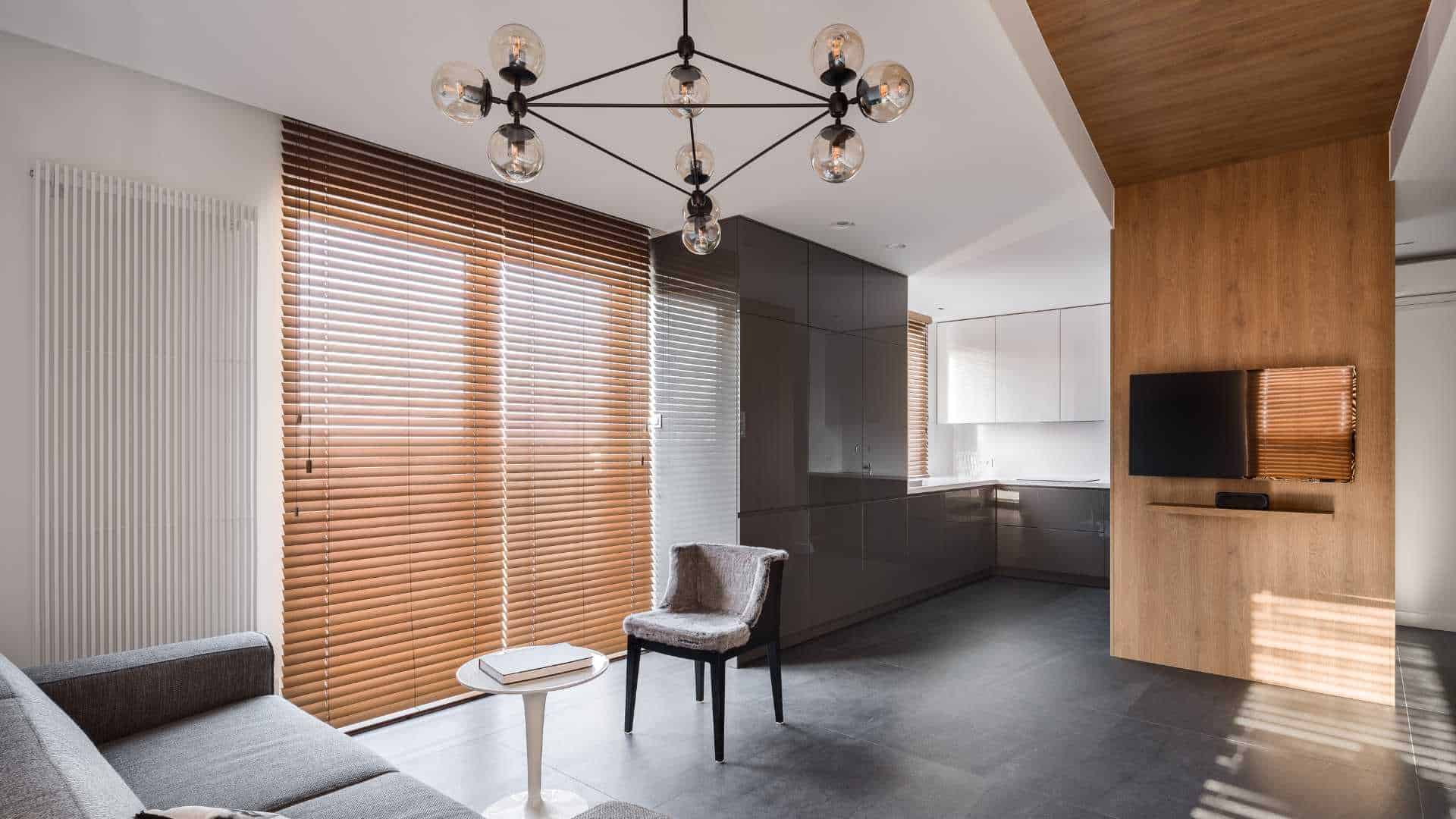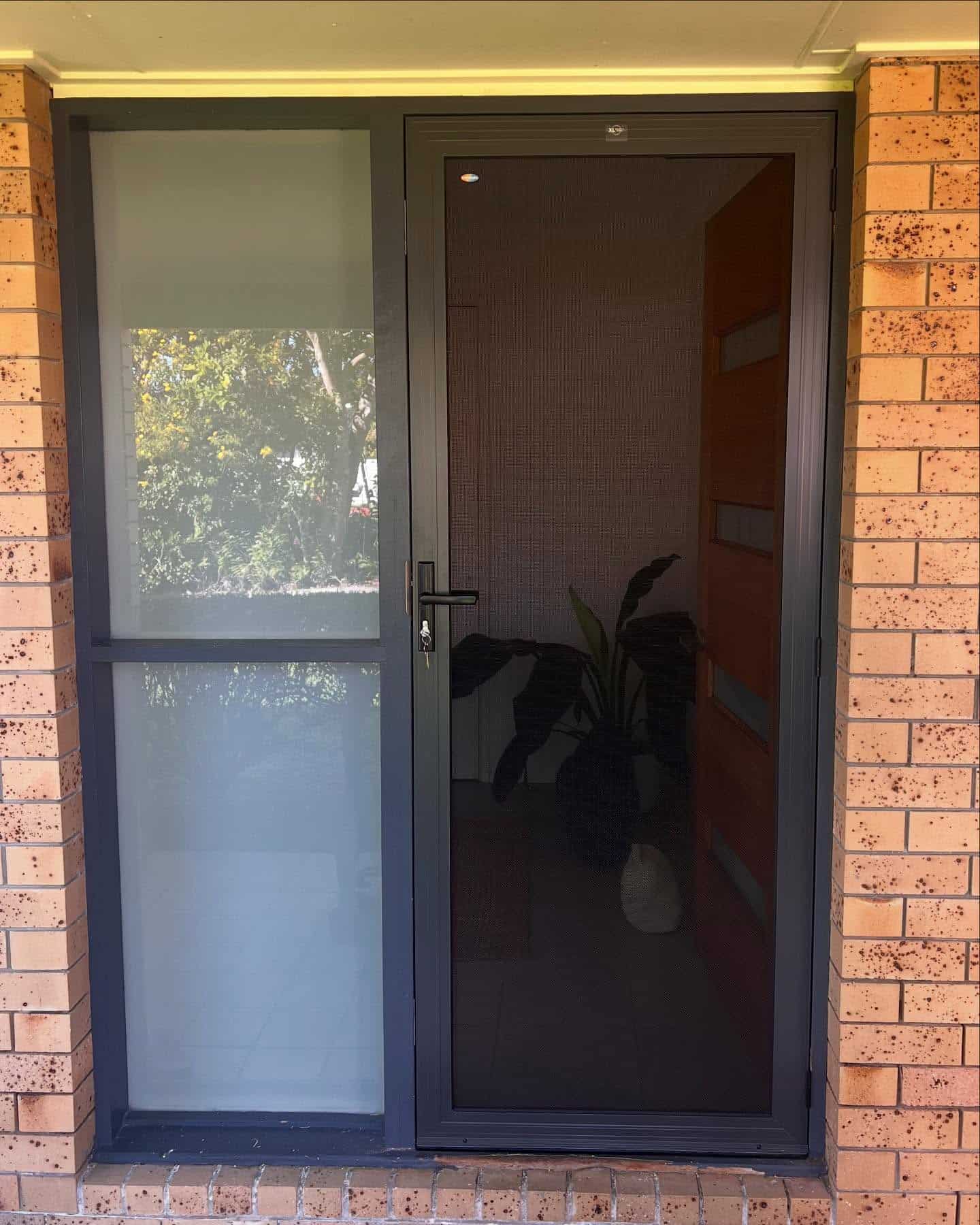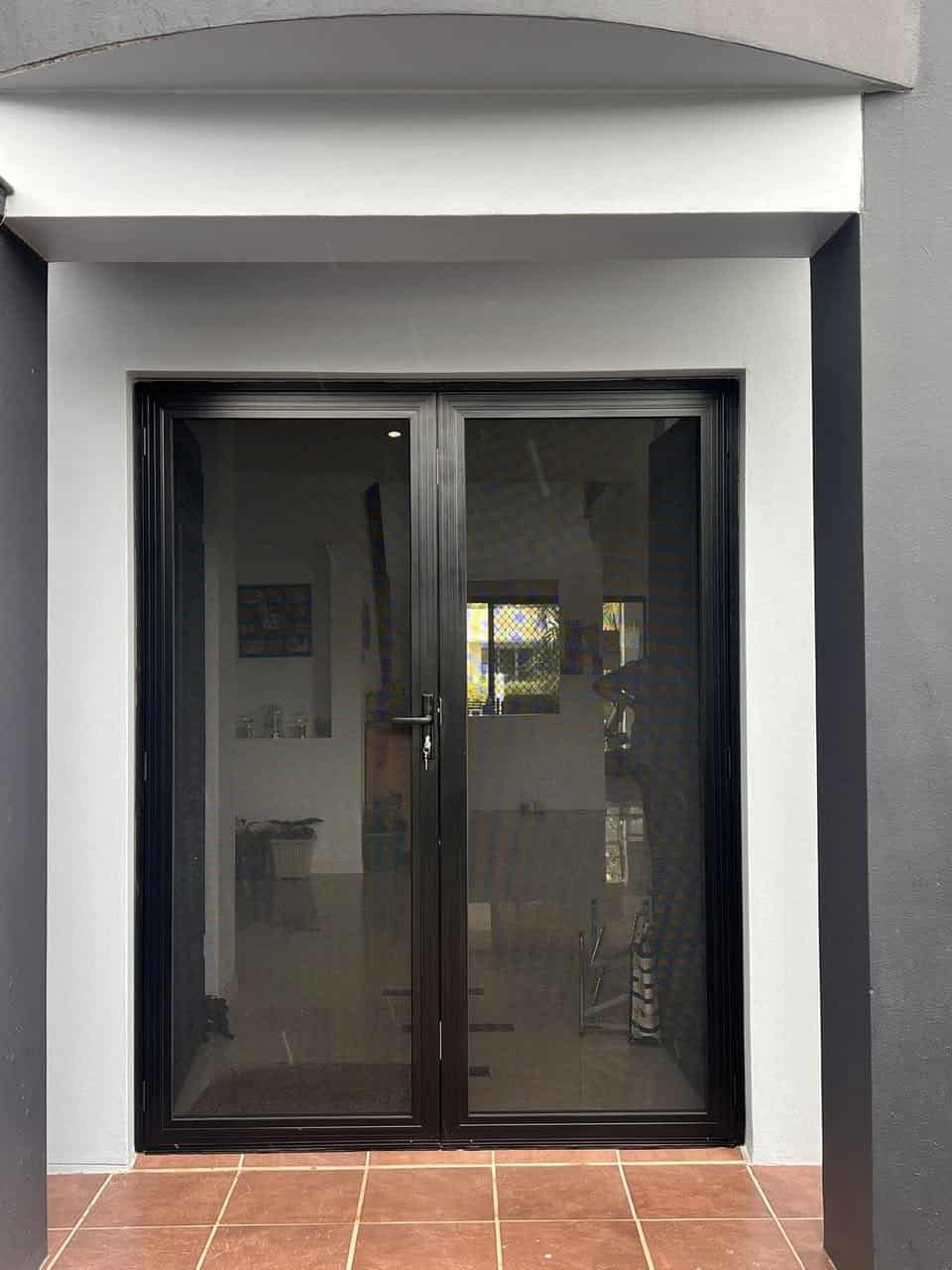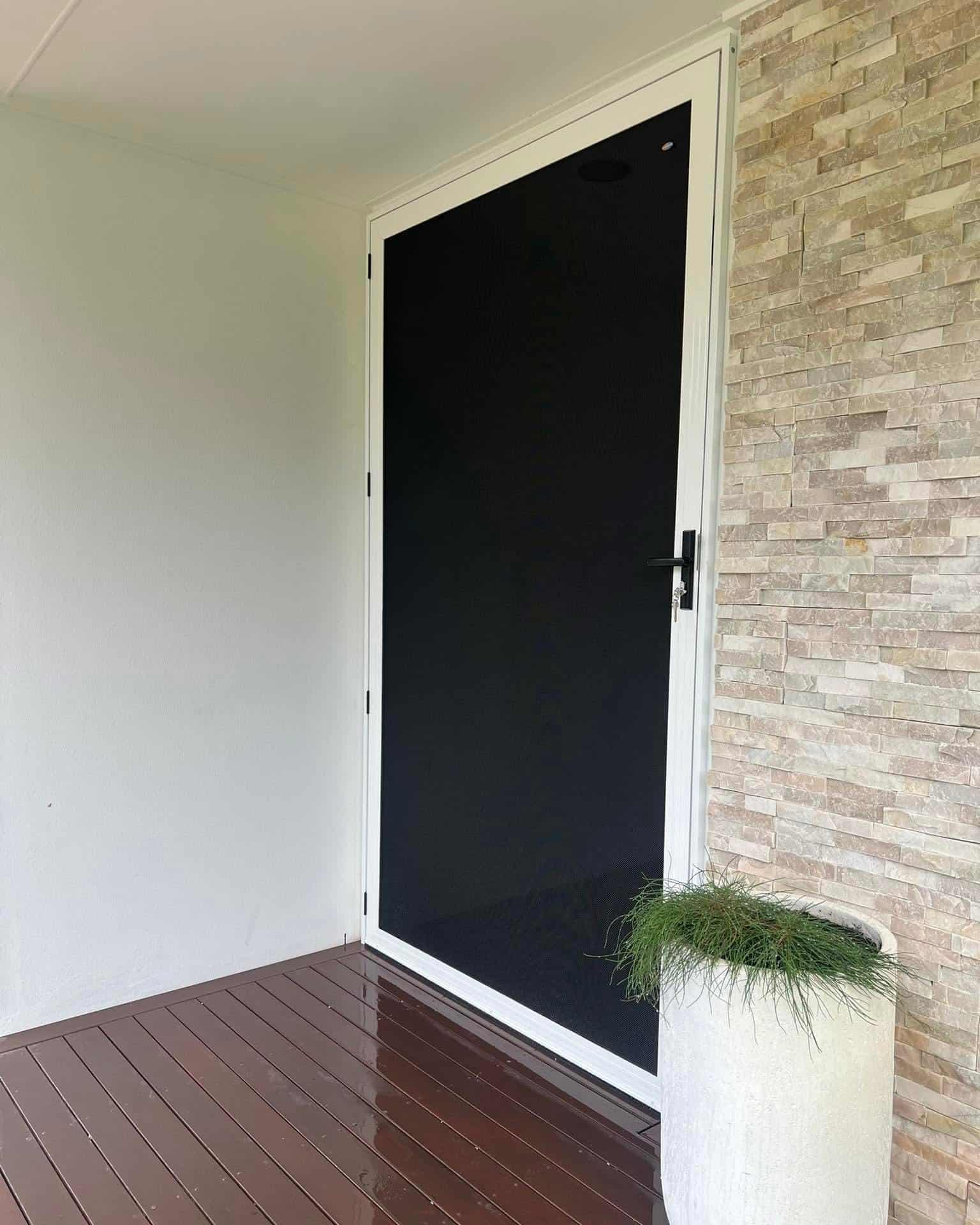Why Perfect Measurements Make or Break Your Blind Installation
Precise measurements are crucial for a perfect blind fit.
Accurate measurements are essential for a successful blind installation. While seemingly simple, measuring for blinds is a crucial step that can mean the difference between a beautiful, functional window covering and a costly, frustrating experience. Even small errors can result in light gaps, operational difficulties, and an unprofessional appearance.
The Impact of Inaccurate Measurements
Imagine ordering inside mount blinds and being off by just 2mm in width. This minor discrepancy can prevent the blinds from fitting snugly inside the window frame, allowing light to seep through. This compromises privacy and can also affect room temperature and sleep quality. Furthermore, blinds that are too wide or narrow can be difficult to operate, potentially damaging the mechanisms over time.
Inaccurate measurements for outside mount blinds present different challenges. If the measurements are even slightly off, the blinds might not adequately cover the window opening, leading to unsightly light gaps around the edges and a compromised aesthetic. For example, an incorrect height measurement can result in a gap at the top or bottom of the window, diminishing both the functionality and the visual appeal of the blinds.
Professional Insights: Why Precision Matters
Window treatment professionals understand the significant impact of precise measurements. They regularly see the consequences of even the smallest inaccuracies, which can range from functional problems to aesthetic disappointments. A common mistake is measuring the window at only one point. Even windows that appear perfectly square can have subtle variations in dimensions. Measuring at multiple points is crucial for accurate readings and a proper fit.
Measuring accurately is especially critical for custom-made blinds, a popular choice in Australia. For example, when measuring for roller blinds, taking the width at three points—top, middle, and bottom—and using the smallest measurement is crucial for a precise fit. This level of detail ensures proper light control and privacy. Using a steel measuring tape for millimeter-level precision and avoiding any deductions during the measurement phase is also recommended. Learn more about measuring roller blinds here.
Common Measurement Mistakes and Their Consequences
Several measurement points are frequently overlooked by DIY installers. These oversights can significantly affect both the functionality and appearance of window treatments. Forgetting to account for window hardware, such as cranks or handles, can impede proper blind operation. Similarly, neglecting to measure the window depth, particularly for inside mount blinds, can result in blinds that are too thick for the window frame. Careful consideration of every aspect of the window ensures a perfect fit, smooth operation, and an enhanced overall aesthetic.
The Measurement Toolkit: Essential Tools for Perfect Results
Essential tools for measuring blinds.
Getting accurate measurements for your blinds starts with the right tools. This doesn’t necessarily mean expensive gadgets, but rather understanding the importance of choosing the correct tools for precision. Professional installers, for instance, frequently opt for metal measuring tapes over cloth or plastic alternatives.
Why? Metal tapes are far less susceptible to expansion and contraction due to temperature fluctuations, ensuring consistent and reliable measurements.
Why Metal Measuring Tapes Reign Supreme
Accuracy is paramount when measuring for blinds, and metal measuring tapes deliver. The stability of a metal tape provides consistent readings, regardless of the surrounding temperature. Imagine building a house with a rubber band as your measuring tool – the results would be disastrous. The same principle applies to blinds.
Metal tapes also boast superior durability, withstanding repeated use and the occasional drop without losing their accuracy. This makes them a valuable investment for both professionals and DIY enthusiasts.
The Rise of Digital Measurement Tools
Digital measurement tools, such as laser measures, are gaining popularity, particularly for DIY projects. These tools offer speed and convenience, calculating distances instantly with the click of a button. This is especially useful for hard-to-reach windows, like high windows or skylights.
Choosing the Right Tools for the Job
While laser measures offer speed, the gold standard remains a high-quality metal tape measure. However, you don’t need to spend a fortune to get accurate measurements. A sturdy retractable metal tape measure from a reputable brand can provide excellent results. The key is to ensure the tape is metal and has clear, easy-to-read markings.
The Three-Point Measurement Method and Other Pro Tips
Professional installers often use the three-point measurement method for guaranteed accuracy. This involves measuring the width at the top, middle, and bottom of the window and the height at the left, middle, and right.
Using the smallest width and longest height measurement ensures a perfect fit, even if the window frame is slightly irregular. This meticulous approach accounts for subtle variations that can significantly impact the final fit of your blinds.
Finally, always document and double-check your measurements. This simple step prevents costly mistakes and ensures your blinds fit flawlessly. Good documentation also comes in handy for future reorders or when working with a professional installer.
Inside vs. Outside Mount: Choosing Your Perfect Approach
Inside vs. Outside Mount Blinds
After gathering your tools and understanding the importance of precise measurements, the next crucial step in measuring for blinds is deciding between an inside mount and an outside mount. This decision impacts the aesthetics of your window treatments and their functionality, affecting light blockage, privacy, and even room temperature.
Understanding Inside Mounts
An inside mount places the blinds within the window frame. This provides a clean, streamlined look, seamlessly integrating the blinds with the window. Inside mounts are excellent for showcasing decorative window frames and offer a minimalist aesthetic.
However, they require precise measurements to ensure a snug fit. Even minor discrepancies can result in light gaps and operational issues. Additionally, certain window hardware, like cranks or protruding handles, can interfere with inside mount blinds.
Exploring Outside Mounts
An outside mount positions the blinds outside the window frame, typically on the wall or trim. This approach can make windows appear larger and offers more flexibility for covering unusual window shapes or accommodating window hardware. Outside mounts are generally easier to install, being less dependent on millimeter-perfect measurements.
However, they might partially obscure decorative trim and can require more planning for a balanced, visually appealing result.
Key Considerations for Choosing Your Mount
The best mounting approach depends on your window characteristics and priorities. For windows with deep recesses and minimal obstructions, an inside mount often provides the cleanest look. For windows with shallow depths or protruding hardware, an outside mount offers a more practical and aesthetically pleasing solution.
The Australian market for curtains and window blinds is driven by consumer desire for energy efficiency and personalized designs. Valued at USD 0.54 billion in 2022, the market is projected to expand at a CAGR of 5.15%, reaching USD 0.73 billion by 2029 (BlueWeave Consulting). Accurate measurements are key to achieving these benefits.
For example, when measuring for blinds on windows without architraves, adding at least 50mm to each side and 90-100mm to the height optimizes light control and privacy. This demonstrates how crucial precise measurements are for maximizing the functionality of window treatments.
To help you choose the right mounting type, let’s compare inside and outside mounts in more detail:
Inside Mount vs. Outside Mount Comparison
| Mounting Type | Appearance | Light Control | Privacy | Space Requirements | Best For |
|---|---|---|---|---|---|
| Inside Mount | Clean, Minimalist | Excellent, if measured correctly | Excellent, if measured correctly | Sufficient window depth | Standard windows with deep recesses |
| Outside Mount | Can make windows appear larger | Good | Good | At least 2 inches of flat space above the window | Shallow windows, windows with obstructions |
Ultimately, the choice between an inside and outside mount is a personal one. Carefully consider the pros and cons of each approach regarding your specific window characteristics and desired aesthetic. This choice lays the foundation for accurate measurements, ensuring your blinds perfectly complement your windows and enhance your home’s ambiance.
Mastering Inside Mount Measurements: A Step-by-Step Approach
Measuring for inside mount blinds
Now that you understand the various ways to mount your blinds, let’s focus on inside mounts. This style creates a sleek, integrated look. However, it requires precise measurements to achieve the desired result. Understanding where to position your measuring tape is the key to accurate dimensions.
Why Multiple Measurements Matter
Even windows appearing perfectly level can have subtle variations. Therefore, taking measurements at multiple points is crucial for accuracy when measuring for blinds. It’s similar to constructing a building: you wouldn’t rely on a single measurement for the entire foundation.
For instance, a window might be slightly wider at the top than at the bottom, even by a fraction of an inch. This seemingly insignificant difference can mean the difference between a perfect fit and a blind that doesn’t operate correctly. Many homeowners are surprised to learn their windows aren’t uniformly sized.
Step-by-Step Inside Mount Measurement Guide
Follow these steps to obtain professional-grade inside mount measurements:
Width: Measure the width at the top, middle, and bottom of the window frame. Write down each measurement and use the narrowest one when ordering. This guarantees your blinds will fit snugly without any issues.
Height: Measure the height at the left, middle, and right sides of the window frame. Record each measurement and use the longest one when ordering. This compensates for any variations in the frame’s height.
Depth: Measure the depth of the window frame at several points, from the front of the casing to the window itself. Use the shortest depth measurement, as this determines the maximum thickness of your blinds. Be mindful of any obstructions, like window cranks or handles.
This meticulous process is how professionals at XL Security & Blinds ensure a perfect fit for their clients on the Gold Coast.
Handling Obstructions and Irregularities
Many windows have features that can complicate measurements, such as protruding window handles or uneven sills. These require adjustments to your measurements.
Window Handles: Inside mount blinds require the window frame’s depth to exceed the blind’s depth plus the handle projection. If the handle interferes, consider an outside mount or thinner blinds.
Uneven Sills: Use shims during installation to level an uneven window sill. This ensures your blinds hang straight and function smoothly.
Out-of-Square Frames: If your window frame is significantly out-of-square, consult a professional installer. XL Security & Blinds can provide expert advice and ensure a perfect fit.
Precise measurements are crucial, especially given the increasing demand for window coverings in Australia. Urbanization and rising disposable incomes contribute to this growth. The industry is projected to grow over the next five years, underscoring the importance of accurate measurements from the outset. More detailed statistics are available here.
Blind Type Considerations
Different blind types have unique requirements. For example, cellular shades may require slightly different measurements than wood blinds due to varying thicknesses. Always refer to the manufacturer’s instructions for your chosen blind type. This careful approach guarantees a proper fit and smooth operation, avoiding any surprises during installation.
Outside Mount Measuring: Achieving Professional Coverage
Outside mounting provides a flexible way to cover windows, especially those with limited depth or obstructions like handles and cranks. Installing blinds outside the window frame, as opposed to inside, gives you more control over coverage and can even make windows appear larger. However, measuring for outside mount blinds requires a different approach.
Determining Optimal Overlap: More Than Just a Rule of Thumb
When determining the overlap for outside mount blinds, professionals go beyond simple rules of thumb, aiming for aesthetic balance. They consider the surrounding architectural details, like crown molding and baseboards, to ensure the blinds complement the overall design. This creates a polished, professional appearance. For instance, if a window is near a corner, the overlap may be adjusted to prevent the blinds from hitting the adjacent wall. Similarly, the presence of crown molding might require a smaller overlap at the top to avoid a crowded look.
Accounting for Architectural Elements: Achieving Visual Harmony
Visual harmony is essential for a successful outside mount installation. Consider the interplay between the blinds and existing architectural features. Will the blinds partially obscure the window trim? What’s the distance between the window and the crown molding? These are the kinds of questions professionals ask to make informed decisions about overlap dimensions. The style of blinds also plays a role. Wider overlaps often suit traditional aesthetics, while narrower overlaps complement contemporary styles.
Clearance Calculations: Ensuring Smooth Operation
Accurate clearance calculations are essential for different blind operating systems. Whether the blinds operate with a cord, a continuous loop chain, or a motorized lift affects the required clearances. Motorized blinds, for example, might need extra clearance at the top to house the motor. Overlooking these operational needs can lead to functionality problems and even damage the blinds.
The growing emphasis on home aesthetics in Australia is fueling demand for blinds and other window treatments. Coupled with advancements in smart blind technology, this trend is driving market growth. The Australian curtains and window blinds market, valued at USD 0.58 billion in 2023, is projected to reach USD 0.95 billion by 2033, with a CAGR of 5.06%. You can find more statistics here. As homeowners prioritize light control and modern design, accurate measurements are crucial to ensure blinds meet both functional and aesthetic needs.
Blind-Specific Considerations: Functionality and Appearance
Different blind types have unique measurement requirements. The stack height of roman shades, for instance, determines the space needed when the shades are fully raised. Likewise, wooden blinds need sufficient projection from the wall to allow for proper tilting. Understanding these blind-specific considerations is crucial for both functionality and appearance. These calculations ensure the blinds operate correctly and contribute to the room’s overall aesthetic. By carefully considering these factors, you can obtain measurements that address both the practical and visual aspects of your window coverings.
Tackling Challenging Windows: Advanced Measuring Techniques
Measuring standard rectangular windows is usually a straightforward process. However, many homes have unique architectural features that present a more complex challenge when measuring for blinds. This is where understanding the nuances of blind measurement becomes truly essential. This section explores advanced measuring techniques for challenging window types, including bay windows, arched windows, French doors, corner windows, and skylights.
Bay Windows: Mastering Angular Precision
Bay windows, with their elegant curves and multiple angles, add architectural interest but require careful measurement. Simple width and height measurements aren’t enough; angular measurements are key. Each section of the bay window needs individual width, height, and depth measurements. Accurately recording these angles ensures your blinds fit seamlessly within the bay window’s contours. This precision allows for optimal light control and privacy in each section, maximizing the window’s aesthetic appeal.
Arched Windows: Defining the Functional Area
Measuring arched windows presents a unique challenge: determining the functional area. Do you want to cover the entire arch, or just the rectangular portion beneath it? This decision informs your measuring approach. Covering the entire arch necessitates precise measurements of the arch’s radius and height. If you’re covering just the rectangular area, standard width and height measurements will suffice. Understanding this distinction helps you choose the right blind type and ensures accurate measurements.
French Doors: Accommodating Shifting Clearances
French doors, with their swinging motion, require careful attention to clearance. Measure the available space when the doors are both open and closed. This ensures the blinds won’t obstruct the door’s movement and will provide the necessary light control and privacy in both positions. This dynamic approach ensures optimal functionality and prevents damage to your blinds.
Corner Windows: Managing Potential Blind Conflicts
Corner windows, especially those close together, present unique challenges regarding blind interaction. Consider how the blinds on each window will interact when opened and closed. This can influence your choice of mounting type and blind style. Careful measurements prevent blind conflicts and ensure smooth, independent operation.
Skylights: Addressing Accessibility and Angle
Skylights, while offering ample natural light, often present accessibility challenges for measuring. You might need specialized measuring tools like extension poles or laser measurements. The skylight’s angle will also influence your blind type selection and the required measurements. This specialized approach ensures accurate measurements and effective light control and insulation.
Specialized Tools for Complex Scenarios
For complex window styles, consider investing in specialized tools. Laser distance measurers are excellent for hard-to-reach areas, while angle finders ensure accurate measurements for angled windows. These tools simplify the measuring process and improve accuracy.
To help summarize the key requirements for each blind type, let’s look at the table below:
| Blind Type | Width Considerations | Height Considerations | Depth Required | Special Notes |
|---|---|---|---|---|
| Bay Window | Measure each section individually | Measure each section individually | Measure depth of each section | Angular measurements are critical |
| Arched Window | Width of rectangular portion or arch diameter | Height of rectangular portion or arch height | Depth at various points | Decide whether to cover entire arch or just the rectangular portion |
| French Door | Width of door frame | Height of door frame | Clearance for door swing | Measure with doors open and closed |
| Corner Window | Width of each window section | Height of each window section | Depth of window frames | Consider blind interaction at the corner |
| Skylight | Width of skylight opening | Length of skylight opening | Recess depth | Accessibility may require specialized tools |
This provides a structured, easy-to-read format with all the necessary details. Let me know if you need any adjustments! 😊
Blind Style Recommendations
Certain blind styles are better suited to particular window types. Cellular shades are a great choice for arched windows, while vertical blinds work well for bay windows and French doors. Selecting the right blind style can simplify the measuring process and ensure the blinds complement the window’s architecture.
By following these advanced measuring techniques, even the most challenging windows can be accommodated with perfectly fitted blinds, enhancing both the aesthetics and functionality of your home.
Ready to transform your challenging windows with perfectly fitted blinds?
Contact XL Security & Blinds at https://xlscreens.com.au for a free consultation and expert measurement services. Our team on the Gold Coast has over 50 years of experience helping homeowners enhance their homes with custom-made window treatments.





